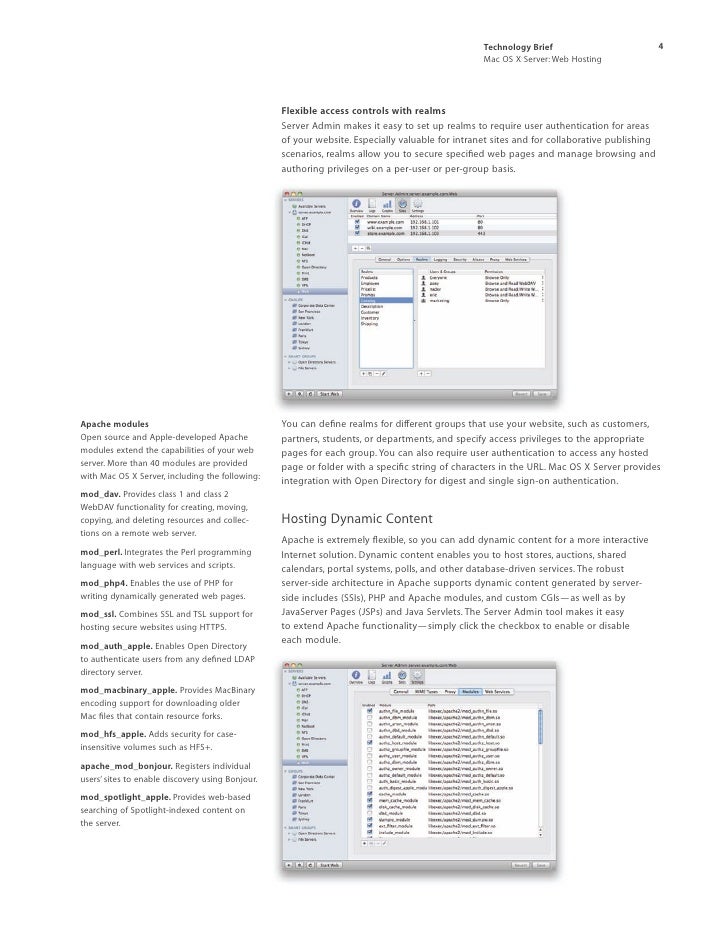

Click the Add button (looks like +) and select VPN.Select your macOS Server computer name.Optionally click Save Profile if you wish to create a configuration file so that clients can simply load your server's connection information for easier client setup.Optionally click Routes if you need special networking routes you need to configure.Optionally click DNS Settings if you want to change the default DNS server your VPN clients will use when connected to your VPN server.Optionally click Client Addresses if you want to change the number of VPN clients that can simultaneously connect to your VPN server.The more complicated and random, the better. Under VPN Host Name, enter either your static IP address or dynamic hostname depending on the method you used when finding out your IP address above.Ĭlick Edit Permissions and select the users you want to be able to connect to your VPN.Launch the Server app from your applications.Once you have your static IP address or have a hostname for your dynamic IP address, you can go on and configure your VPN service in macOS Server. These are typically used for business accounts but, depending on your ISP, can be available for an additional fee. Many ISPs also offer static IP addresses. That way, you'll get an alias known as a "hostname" that won't change, even if your IP address does. If you use a dynamic IP address to set up your VPN service, there is no guarantee that you'll have that IP address will still be yours in the future, and the remote connection will fail.Īs a workaround, there are several dynamic domain name services you can purchase.


 0 kommentar(er)
0 kommentar(er)
